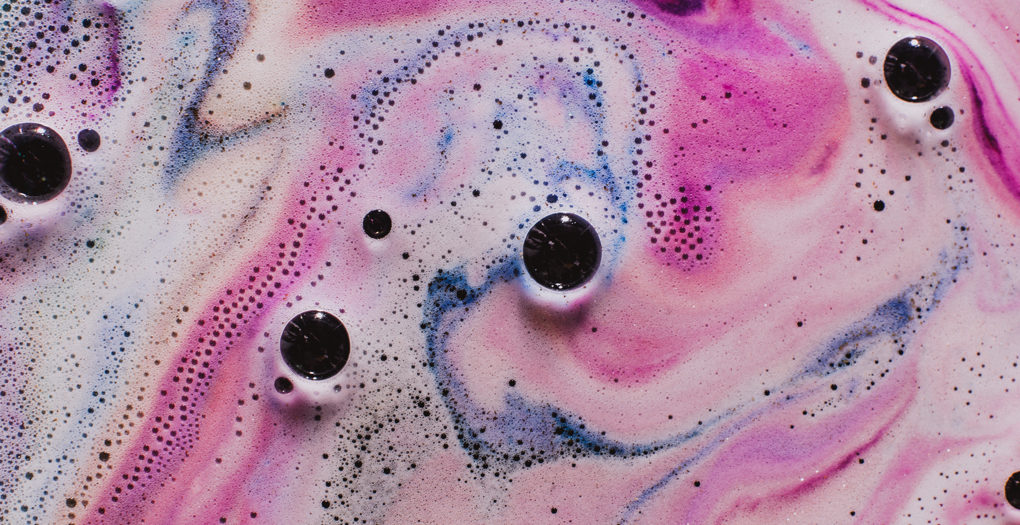Learning to Accept the Skin I’m In
Stephen Holbrook struggled skin-related obsessions for years, before finally being diagnosed with OCD, GAD and Major Depression.
Key Takeaways:
- In his junior year of high school, Stephen seemed to have developed a slight obsession with his skin condition. He was also struggling with being openly gay and accepting his sexuality.
- As his acne cleared up, Stephen's obsessions and compulsions only got worse. He completed multiple rituals as a way to prevent himself from breaking out again.
- At 18 years old, internet searches confirmed to family and friends that Stephen had suicidal intent. He was sent to a psychiatric hospital where he learned how to live, despite his diagnoses.

My junior year of high school was a rough year for me. I was still “living in the closet” and sorting out my dreadful, unimportant teenage angst. Just like many other students my age, I was dealing with acne, a reduced self-esteem, and summer reading projects. My acne had become so unmanageable that I had to seek medical attention. After a just a few short months, my face eventually started to clear up. During that time, I was also openly dating another guy in school.
I was never really pleased with my skin. I carried around moisturizer and applied a small amount every time I passed by a mirror. When I would get home from school, I locked myself in the bathroom for hours. I would touch and check every imperfection until I could temporarily free myself from my intrusive thoughts. I used to pick my skin so often that I developed an excoriation disorder. I had infectious, epidermal abscesses surrounding my entire face. I would much rather have had open wounds on my face, than one single pimple.
I completed specific rituals that prevented me from breaking out even more. I had to change my pillowcase every single night. If I was in the car, I had to swallow before passing a stop sign. I had to consistently blink as I was driving under a traffic light. The blink had to make a certain noise as my eyelids came to a close, however. If it didn’t feel right, I had to start over. If I was speaking with someone, I had to swallow before they said the words “you”, “I”, and “the”. I recognized that I had a counting tick that had been with me since childhood. These body-focused obsessions controlled my day-to-day routine.
My obsessions and compulsions ruined my relationships that I had with others. I started to skip school and found every reason to stay at home. I felt trapped in my own mind; my thoughts controlled everything I did and didn’t do. My compulsions often manifested themselves in ways that became even more meticulous and time consuming.
My first day of college arrived, but so did my first panic attack. I remember calling my mom to tell her that I wouldn’t be able to attend that day. I couldn’t breathe, move, or lift myself up off the ground. My family, friends, and boyfriend at the time, didn’t quite understand why I was acting this way. They eventually browsed my computer history and found multiple searches that would confirm that I had suicidal intent. After that encounter, I was immediately sent to a psychiatric hospital for proper treatment.
At 18 years old, I was diagnosed with Obsessive-Compulsive Disorder (OCD), Generalized Anxiety Disorder (GAD), and Major Depression. For an entire month, I practiced Cognitive-Behavioral Therapy (CBT), Recreational Therapy, mindfulness, and much more. I am now medicated and taking the necessary steps to lead a happy, healthy lifestyle. My diagnoses will always be a part of me, but they do not define who I am. They no longer break me down, they only make more resilient to change and hardship.
If you experience suicidal thoughts or have lost someone to suicide, the following post could be potentially triggering. You can contact the Crisis Text Line by texting “START” to 741-741.